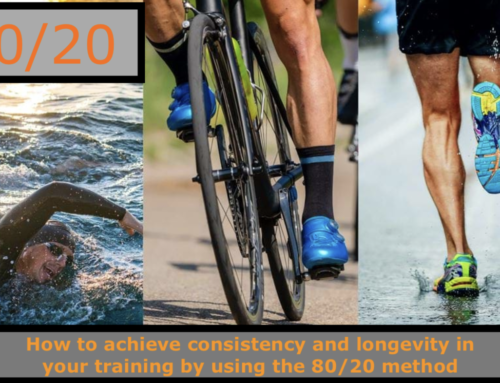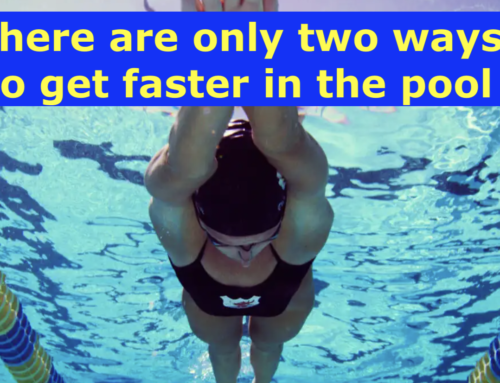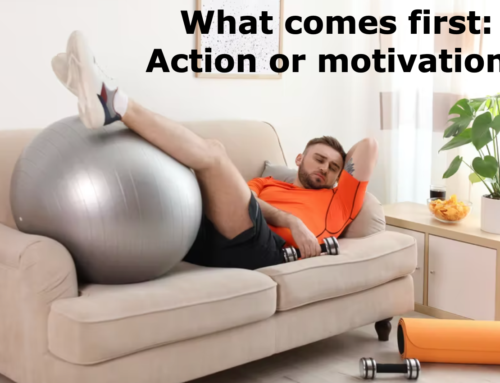Some triathletes view the end of season recovery as a necessary evil. A period of time that they have to endure before they can get back to what they enjoy doing most…training.
Those athletes who continually manage to achieve their goals, year after year, generally know the importance of taking a well earned break.
Personally I think that this is a minimum of four weeks but maybe six or even eight.
When he was competing at his peak, Mark Allen took the entire period from his Kona race right through to the new year before he started his training for the following season. That is around 10 weeks!
I doubt very much if he was completely inactive. Instead, I expect he was doing regular ‘activity’ but no ‘training’
By this I mean he would surf most days, jog with his children, ride his cruiser on the boardwalk or his mountain bike in the hills. He would also walk and generally kick back, spending time with close friends and family. There would be no heart rate monitors recording his workouts or adherence to structured workouts.
This came from Paula Newby-Fraser and it was one of the best things I have heard.
She said, “You can have a great short career or you can have a great long career. But you need to take time to leave the sport behind you.”
Basically, you need to get out of shape to get back into shape.
You need to physically and mentally recharge. You need to become a non-athlete.
In short, this does not need to be a time of inactivity. There is plenty of work to be done…just not training. I automatically assume that spending time with your family and maybe taking a holiday would be part of this so I havent included them in the list.
Here are my top 10 ideas for you to consider in the next few weeks.
- Try something different – Yoga, Rock climbing, meditation, stand up paddle boarding, walking – each of has fitness and health benefits, will work your body and mind in a different way to swim, bike, run.
- Analyse your season – think about your races and your training throughout the year. What went well, what could you do better. Go beyond volume or intensity. Consider your mental approach to training, willingness to take on coaching advice, time management, etc. Compare planned hours to completed hours. This last figure would be a good starting point for 2019
- Set realistic goals – using your analysis from #2 by all means set Outcome goals (e.g. finishing positions in your AG), Performance Goals (e.g. time goals for each race or discipline) but don’t forget that these are underpinned by process (or mastery) goals. The little actions you take every day!
- Body MOT – The start point for your performance is a healthy and robust body. Everyone has tight spots and structural weaknesses. These are what hold you back. Your performances next season are more likely to be limited by a tight back or weak core than they are by poor aerobic conditioning. Have a full head – toe assessment from a skilled practitioner (physio, mobility specialist) and you will have the basis for your winters work
- Bike Fit – carrying on from #4 a bike fit is the next logical step. Cycling will account for the largest portion of your training and you want a set up which isn’t going to lead to injuries. Stick with your winter training bike for now and get the race fit done in the spring.
- Swim Analysis – The only way to truly know what flaws you have in your swim technique is to be videoed while swimming – under and over water – by a skilled coach who can then identify these flaws and show you which drills will help correct them. Some of the issues may have been raised as a result of #4
- Run gait analysis – while you are busy correcting your swim stroke you could also think about how you run. Once again, #4 may well identify some structural weaknesses which contribute to your running style (and injuries).
- Sleep and rest – The first of my support pillar. If you don’t have to rise early for training you can get more sleep. It might help to get into the habit of retiring to bed a little earlier for when you do start back to those early mornings. Alternatively, try the benefits of a lunchtime nap.
- Nutrition – Support pillar #2. I see many athletes aiming to change their nutrition during periods of heavy training. This just causes extra stress for the body. During a time of lower stress, like end of season recovery, is perfect for adjusting the diet. It will take roughly 4 weeks to adjust to new habits so again its perfect timing.
- 10.Mobility – The last of the 3 pillars supporting your training, so getting it sorted now will put you in a good place when you start your winter training. Ideally 15-30 minutes of mobility, every day. This WILL work wonders for you.
Please note that I do not specifically advocate eliminating swim, bike, and run from the next few weeks. In fact for most triathletes I would encourage you to continue with regular swimming to maintain feel for the water. maybe even some light jogging. Even 10 minutes per session will be enough, just to retain the ability of those connective tissues to absorb the impact.
All the time, think of activity, not training.
Give yourself at least 4 weeks and prepare to feel like a caged tiger by the middle to end of October.
To find out more about Simon’s S.W.A.T programme for triathletes and multisport endurance athletes, please CLICK HERE







Leave A Comment